The evolution of cooking technology has a remarkable journey, and at its center lies the invention of the microwave oven. From a mere concept to a staple appliance in homes and commercial kitchens worldwide, the first ever microwave changed the way we prepare and heat food, simplifying cooking processes and saving considerable time in our busy lives. This article explores the fascinating history of the microwave oven, its inventor, the technological advancements that followed, and the impact of microwave cooking on contemporary culinary practices.
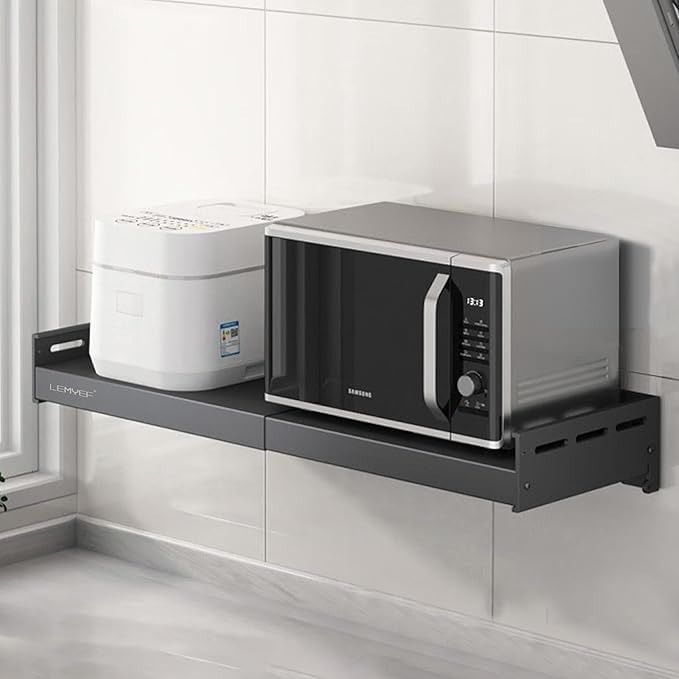
A Glimpse into the History of Cooking Appliances
Early Cooking Methods
Before the microwave oven came into play, humans relied on various cooking methods that date back thousands of years. From open flames to wood-burning stoves, cooking techniques have undergone substantial transformations. Ancient civilizations used fire to cook food, while advancements led to the advent of stoves in the 17th century. The 19th century saw the introduction of gas stoves, which provided more control over cooking heat and speed. Yet, none of these approaches equaled the convenience and innovation that the microwave oven would soon introduce.
The Birth of the Microwave
The story of the first ever microwave oven began in the 1940s, during World War II. An engineer named Percy Spencer made a groundbreaking discovery that would forever change kitchen dynamics. Spencer worked with radar technology at Raytheon, a company heavily invested in the development of radar for military applications. As Spencer worked with magnetrons—devices that generate microwaves—he accidentally observed something unusual: a chocolate bar in his pocket melted due to the electromagnetic waves emitted by the device.
Intrigued by this phenomenon, Spencer conducted further experiments. He placed popcorn kernels near the magnetron, and to his amazement, they popped. He then experimented with eggs, which exploded due to rapid heating. These experiments showcased the potential of microwave energy for cooking food. In 1945, Spencer filed a patent for his invention, leading to the creation of the first commercial microwave oven.
The First Ever Microwave Oven
The Radarange
The first commercial microwave oven, known as the “Radarange,” emerged from Spencer’s discoveries and hit the market in 1947. This initial model was massive—standing nearly six feet tall and weighing around 750 pounds—making it impractical for home kitchens. Designed primarily for industrial and restaurant use, the Radarange utilized microwave technology to cook food quickly and evenly. The cost of the appliance was prohibitive, priced at approximately $5,000.
The Radarange operated through a magnetron that produced microwaves, which were directed into the cooking chamber. Food placed inside would absorb the microwaves, causing water molecules to vibrate and generate heat. This efficient heating process became a game changer for food preparation in commercial settings.
Early Adoption and Challenges
Though the Radarange marked a significant innovation, widespread adoption did not occur immediately. Many individuals remained skeptical about using microwaves for cooking food. Concerns regarding safety, taste, and the overall cooking process slowed acceptance. Furthermore, the size and cost of early microwave ovens made them inaccessible for home consumers.
However, as consumer interest in convenience began to grow in the 1950s, engineers worked to create smaller and more affordable versions of microwave ovens for household use. The introduction of these models marked the beginning of a new culinary era.
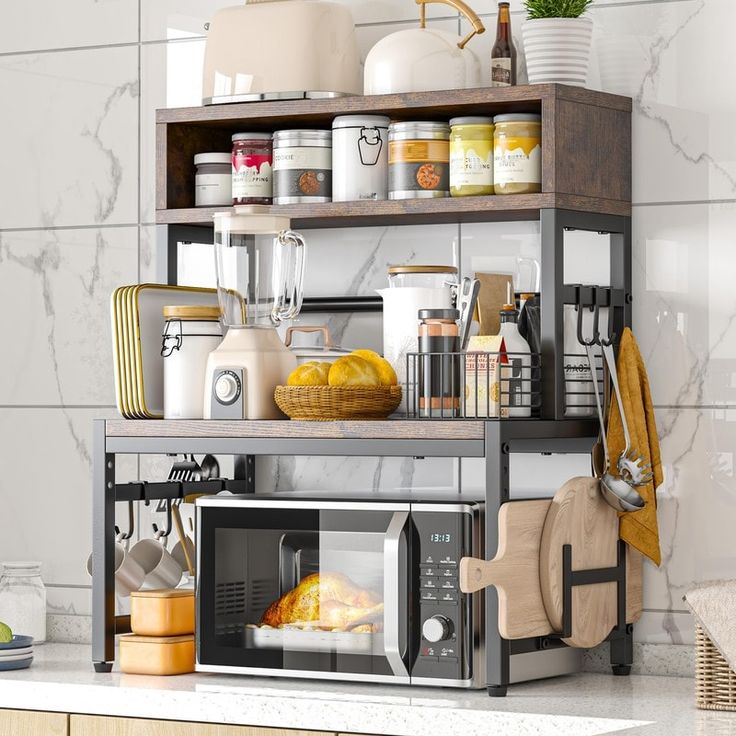
The Microwave Revolution
Advancements in Technology
In the 1960s, the microwave oven transitioned from commercial settings into household kitchens. Companies like Amana, GE, and Westinghouse began producing countertop microwave ovens that were lighter, more compact, and affordable. The Amana Radarange, introduced in 1975, became one of the first microwave ovens designed specifically for home use and quickly gained popularity.
Simultaneously, technological advancements improved efficiency. New magnetron designs increased microwave output, while turntables allowed for more even cooking. These developments solved many of the shortcomings of earlier models, leading to a surge in microwave oven sales.
Microwave Safety and Regulation
As consumer adoption increased, safety concerns surrounded microwave cooking. In response, regulatory bodies such as the U.S. Food and Drug Administration (FDA) established guidelines for microwave cooking and safety standards. Styrofoam and certain plastics came under scrutiny due to concerns about chemical leaching during heating.
Today, microwave ovens undergo rigorous testing to ensure safety. Manufacturers prioritize producing materials that withstand high temperatures without releasing harmful substances into food. As awareness of these safety standards grew, public confidence in microwave cooking expanded, contributing to its popularity.
Cultural Impact of the Microwave Oven
Changes in Cooking Habits
The advent of the microwave oven revolutionized cooking habits and patterns in the modern household. People no longer needed to spend hours in the kitchen preparing meals. Instead, they could heat leftovers or prepare microwaveable meals within minutes. This efficiency altered traditional meal preparation, making microwaves central to fast-paced lifestyles.
The microwave also challenged the hierarchy of cooking methods. While stove and oven cooking remains a cherished part of culinary traditions, the microwave’s capability to cook quickly and efficiently provided a practical alternative. This shift in cooking habits helped redefine modern domestic life.
Convenience and Family Life
Microwave ovens made it easier to enjoy home-cooked meals in busy family lives. Parents balancing work and home responsibilities appreciated the time-saving benefits of microwave cooking. Quick meal solutions from microwaveable food options, such as frozen dinners, snacks, and beverages, became staples in many households.
Furthermore, the microwave fostered shared family experiences, especially during mealtime. Children found joy in preparing quick snacks, reheating leftovers, or even experimenting with microwave recipes. Families could gather around the table again despite busy schedules, thanks in part to the convenience of microwave cooking.
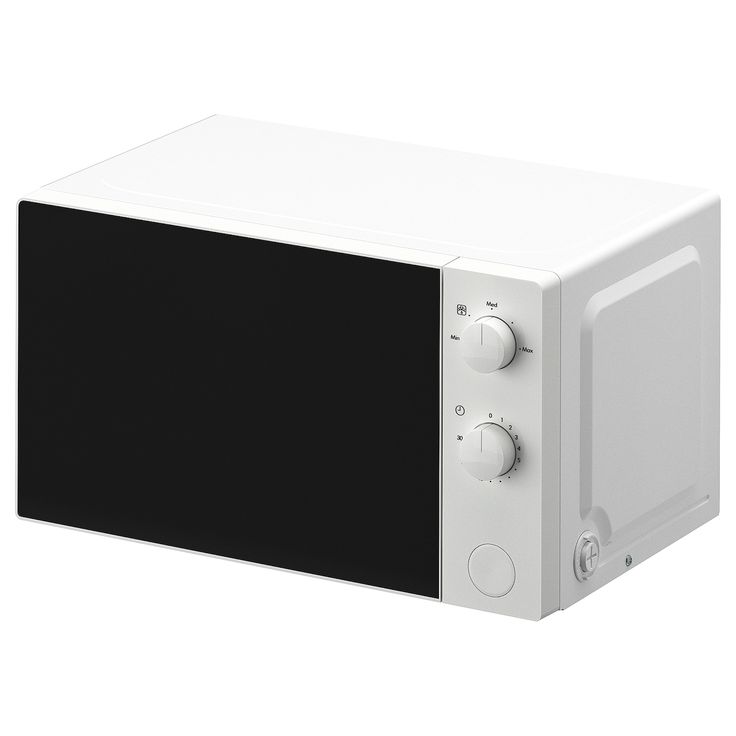
Microwaves in the Contemporary Kitchen
Evolution of Features
Modern microwave ovens have continued to evolve, with contemporary models offering a variety of features designed to maximize user experience. Key advancements include:
- Smart Technology: Many modern microwave ovens boast smart features, allowing users to control them through smartphone apps or voice assistants. These functionalities enhance convenience, enabling users to start cooking remotely or access cooking tips and recipes.
- Sensor Cooking: Sensor technology measures moisture levels in food, automatically adjusting cooking times for optimal results. This feature prevents overcooking or undercooking, especially with dishes requiring precise timing.
- Convection Cooking: Some microwaves now feature convection capabilities, allowing users to enjoy even baking and browning similar to traditional ovens. This versatility makes a microwave oven suitable for a broader range of recipes.
Sustainability and Energy Efficiency
With increasing focus on sustainability, manufacturers are producing more energy-efficient microwave ovens. Modern appliances minimize energy consumption while maximizing cooking performance. As consumers become more eco-conscious, those energy-efficient models meet their desire for practical and environmentally friendly options.
Furthermore, many brands prioritize recyclable materials in packaging and appliance design, contributing to reduced waste and promoting sustainable practices in the kitchen.
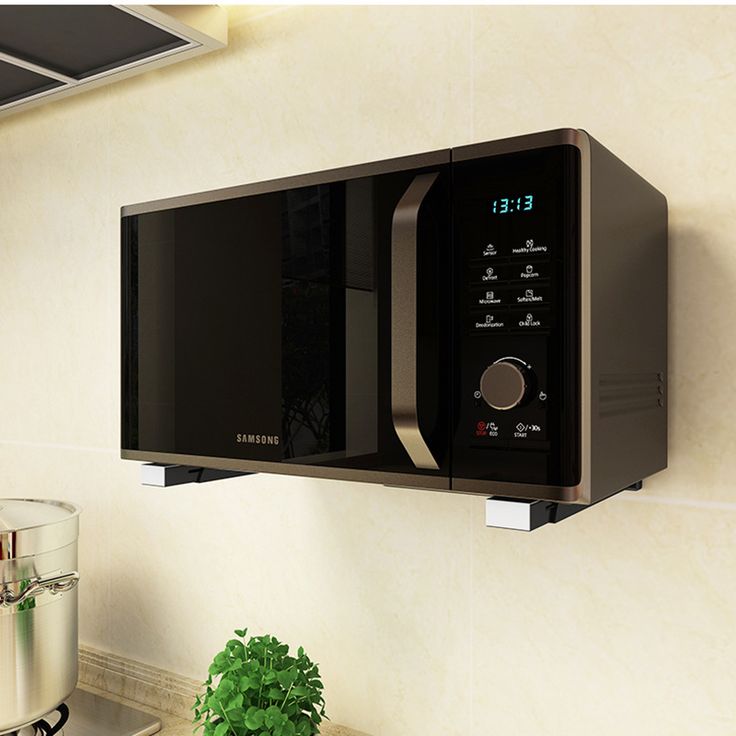
Creative Uses for Your Microwave
Beyond Heating: Innovative Microwave Cooking
Microwave ovens can do more than reheat leftovers; they can simplify various cooking tasks and foster creativity in the kitchen. Here are some innovative uses for your microwave:
- Cooking Vegetables: Steam fresh vegetables quickly and efficiently by placing them in a microwave-safe bowl with a small amount of water. Cover with a lid or microwave-safe plate and heat until tender. This method retains nutrients better than traditional boiling.
- Making Popcorn: Skip the pre-packaged microwave popcorn bags and create your version using popcorn kernels. Place kernels in a microwave-safe bowl, cover them, and microwave until popping slows. You can even experiment with flavoring!
- Baking: You can bake simple desserts like mug cakes in a microwave. Mixing ingredients in a mug and cooking them for a few minutes yields a delicious treat without the need for an oven.
- Hard-Boiling Eggs: The microwave can simplify the hard-boiling process, producing perfectly boiled eggs within minutes. Place eggs in a bowl of water, and microwave them with a lid to control cooking time.
- Defrosting: The microwave’s defrost function is a valuable feature. It allows users to thaw frozen meat, seafood, or vegetables quickly without compromising food quality.
Meal Prep Made Easy
Using a microwave during meal prep enhances convenience. You can prepare bulk meals in a fraction of the time using microwave-safe containers to reheat pre-portioned meals throughout the week. This efficiency eliminates the need for lengthy cooking sessions and enables healthier eating habits.
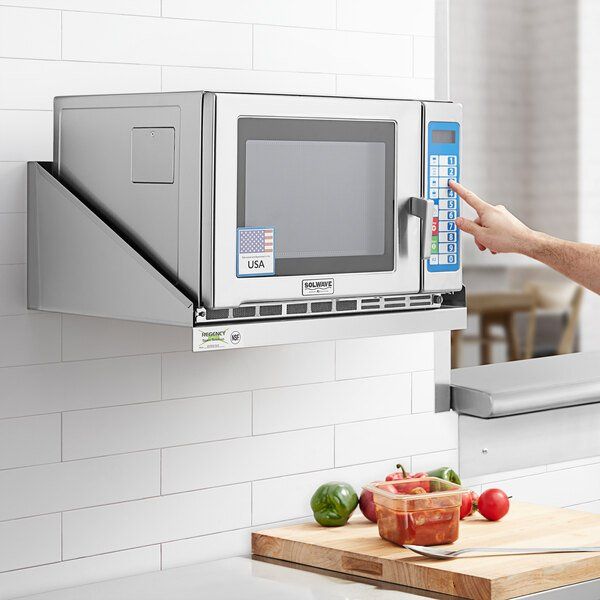
Conclusion: The Ongoing Legacy of the First Ever Microwave
The invention of the first ever microwave oven transformed kitchens and culinary practices around the world. From Percy Spencer’s accidental discovery to the compact, feature-packed appliances seen in homes today, microwave technology has made cooking more efficient and accessible than ever.
As we’ve explored, the microwave oven has significantly altered cooking habits, infusing convenience into daily life. While it’s essential to embrace time-saving technologies in the kitchen, traditional cooking methods still hold value. The best kitchens strike a balance between efficiency and culinary artistry.
As we continue to innovate and adapt, the legacy of the first ever microwave serves as a reminder of the potential transformation brought by ingenuity and experimentation. No doubt, future advancements in microwave technology will further enrich our cooking experiences, shaping the culinary landscape for generations to come. The microwave oven undoubtedly stands as one of the most significant appliances of modern cooking, enabling countless delicious meals shared around kitchen tables worldwide.
